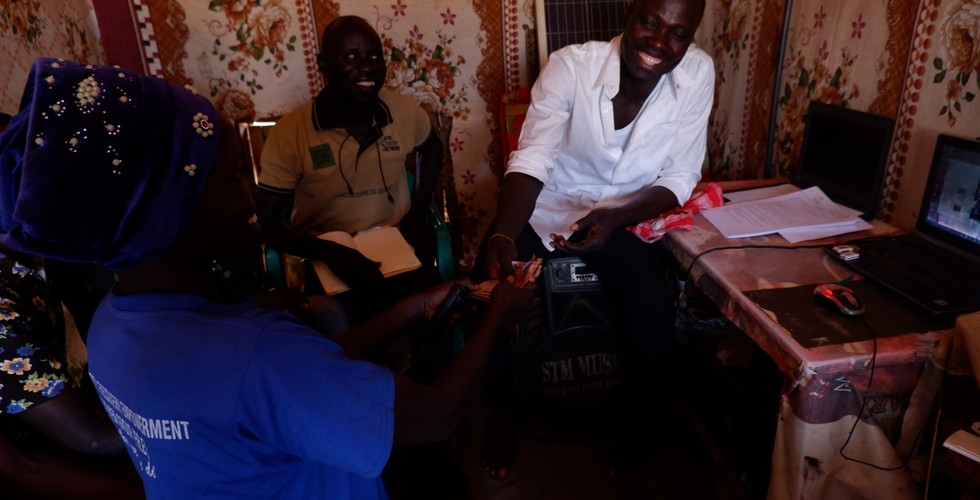Keeping it in the Community: How Pay-it-Forward Microloans Create a Positive Ripple Effect
- Jennifer Mullen
- May 7
- 2 min read
In 2024, the UNHCR estimated that Uganda had over 1.7 million refugees and asylum seekers within its borders, making it the largest refugee population in Africa and the fifth largest in the world. While support is available on the ground, many displaced people don’t want to rely long-term on humanitarian aid.
One way to gain financial independence is by setting up small businesses. The problem, however, is that many aspiring entrepreneurs can’t easily access traditional finance products to help them get started.
With the support of the UNHCR’s Refugee-led Innovation Fund, Bridging Gaps and Afri-Youth Network are determined to break this cycle through a groundbreaking pay-it-forward microloan model co-developed with and co-led by refugees in Bidibidi, Uganda. Unlike traditional microloans, these funds are interest-free and designed to stay within communities. To help borrowers better understand and manage their finances, the program offers mentorship and entrepreneurship training.
Here's how it works and some of the early success stories.
Microloans are small amounts of credit, usually between $50 and $100, given to individuals in developing countries to help them start and run small businesses. Unlike traditional bank loans, microloans are designed for people who don’t have a perfect credit history.
Donations or investments are collected from individuals or organizations in wealthier regions (commonly referred to as the "Global North"). This money is converted into small, interest-free loans, and provided to aspiring entrepreneurs in underserved communities (often in the "Global South") to start or expand businesses. As these grow and generate income, the recipients repay the loans. The funds, however, are not returned to the original donors. Instead, they are "paid forward" to new entrepreneurs within the same community. This creates a ripple effect, fostering self-sufficiency and strengthening local financial structures longer term.
And we’re now seeing evidence of this innovative model’s positive impact on communities.
One group of entrepreneurs in Uganda, Justin A, Betty S, and Jackline S, has set up shoe stores that are more accessible to local customers and offer a free footwear scheme for mothers. In partnership with Rufas D and Odong J’s retail businesses, enough capital has been generated to expand Suzi G’s tea-making venture.
Another group consists of Akena K (mobile financial services), Ronah H and Dawa M (meals for market vendors), Steven A (motorcycle repairs and apprenticeships for local youths), and Bida S (retail that provides free pens for students). Capital generated by their enterprises has now been paid forward to Bosco A, who runs a business focused on branding and selling T-shirts, including school uniforms.
Pay-it-forward models not only empower individuals, but also build stronger, more self-sufficient communities. A single investment can ignite a chain of positive change.
Bridging Gaps is committed to driving lasting impact. We support a variety of ways to help us work in war-torn communities, such as through corporate initiatives or by individuals. Find out more here.















Comments